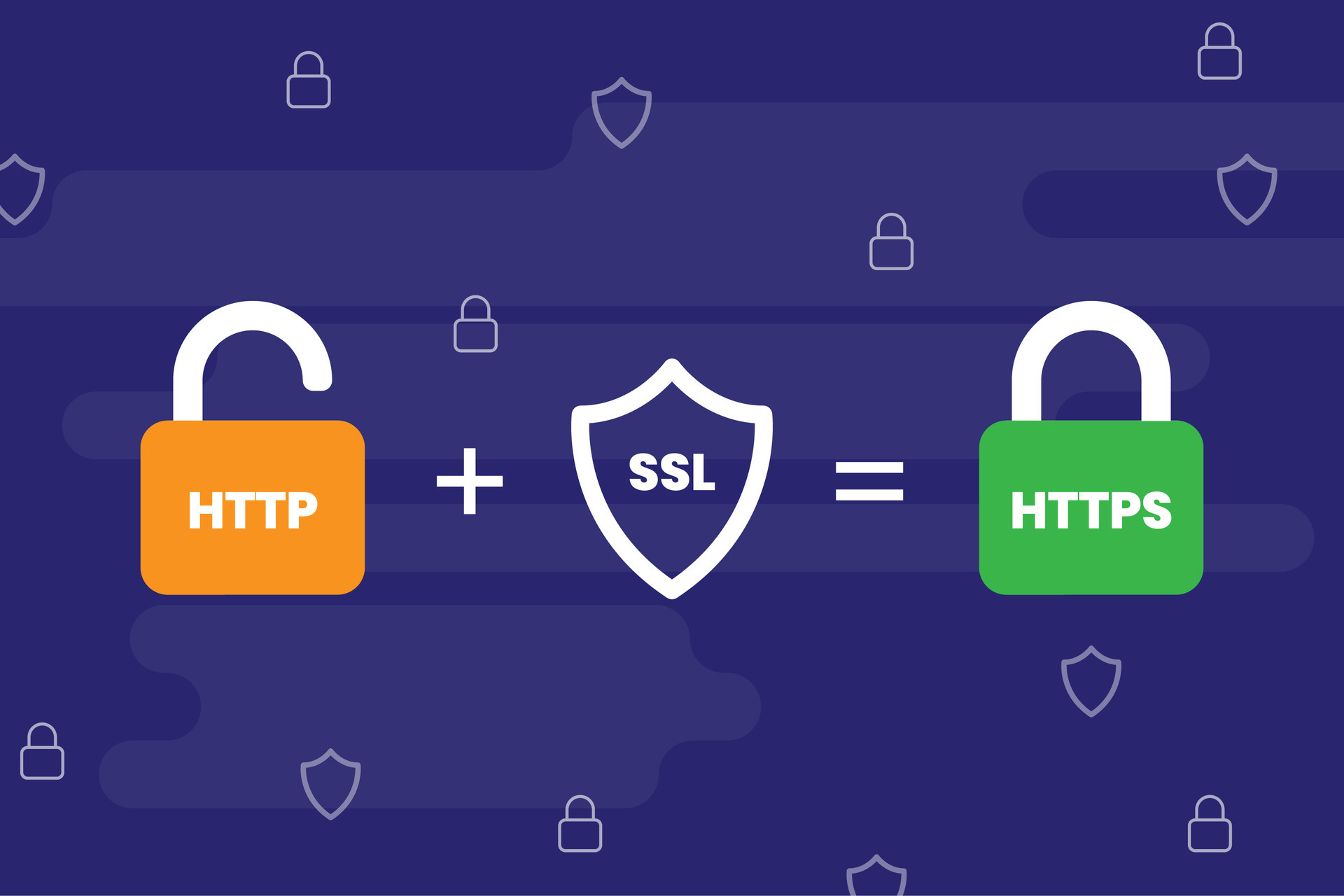

To do this in the PuTTY application on Windows, select Connection > SSH > Tunnels. So the “localhost” in the command above means “localhost” from the perspective of the remote server.
RAZORSQL SSL CERTIFICATE PC
When it arrives on the system running the SSH server, the SSH server will send it to port 1234 on “localhost”, which is the same PC running the SSH server itself. In this case, you could run a command like the following one: ssh -L 8888:localhost:1234 you attempt to access the database server at port 8888 on your current PC, the traffic will be sent over the SSH connection. You want to access the database server from home, but the system is only accepting SSH connections on port 22 and its firewall doesn’t allow any other external connections. For example, let’s say you have an SSH server running at port 22 on your office computer, but you also have a database server running at port 1234 on the same system at the same address. It’s a little more confusing if you want to connect to a server application running on the same system as the SSH server itself. All traffic sent to port 8888 on your PC will be tunneled to 192.168.1.111:1234 on your office network. If you had a command line tool that needs the network address of a database, you’d point it at localhost:8888. So, if the database server offered web access, you could plug into your web browser to access it.

In that case, your command would look like this: ssh -L 8888:192.168.1.111:1234 running that command, you’d be able to access the database server at port 8888 at localhost. You have access to the office’s SSH server at, and your user account on the SSH server is bob. The syntax is: ssh -L local_port:remote_address:remote_port example, let’s say the database server at your office is located at 192.168.1.111 on the office network. To use local forwarding, connect to the SSH server normally, but also supply the -L argument. You can use any command line or graphical tool to access the database server as if it was running on your local PC. The SSH server sits in the middle, forwarding traffic back and forth. So, when you attempt to access the database server at port 1234 your current PC, “localhost”, that traffic is automatically “tunneled” over the SSH connection and sent to the database server. To do this, you establish an SSH connection with the SSH server and tell the client to forward traffic from a specific port from your local PC-for example, port 1234-to the address of the database’s server and its port on the office network.


 0 kommentar(er)
0 kommentar(er)
